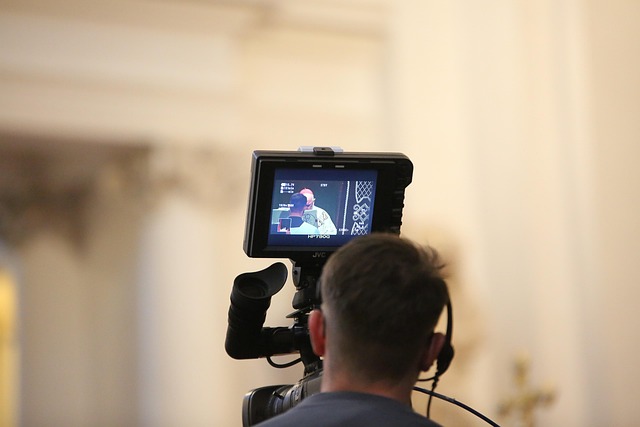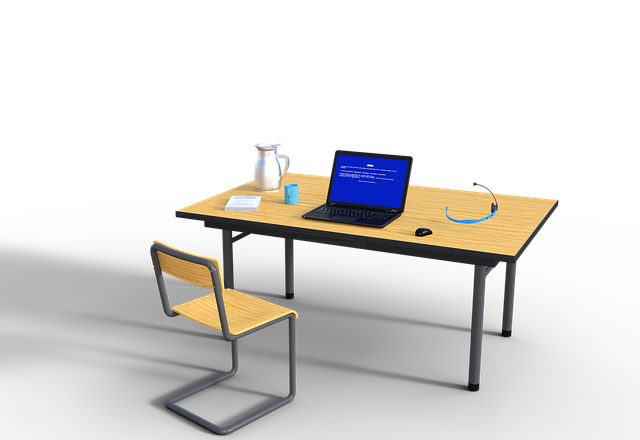
Breaking the Silence: Science, Technology, and Workplace Culture – Unveiling Communication Customs and Norms
Breaking the Silence: Science, Technology, and Workplace Culture – Unveiling Communication Customs and Norms
In today’s fast-paced world, where science and technology intersect with our daily lives, the way we communicate in the workplace has profoundly evolved. Each organization possesses its own customs and norms that govern interactions, impacting everything from team cohesion to individual performance. Understanding these unwritten rules is crucial for fostering a culture of open communication and collaboration.
The Role of Science in Communication
Science has revealed much about human behavior and communication patterns. Studies indicate that effective communication is vital for organizational success. For instance, clear messaging can boost productivity and employee morale, while ambiguity often leads to misunderstandings and conflicts. In an era where data-driven insights guide strategic decisions, it’s essential for companies to harness scientific research to refine their customs and norms around communication.
Technology’s Impact on Communication
As technology continues to advance, so too do our methods of communication. Tools like instant messaging, video conferencing, and collaborative platforms create new opportunities for engagement. However, these technologies often come with their own set of customs and norms. For example, the expectation of immediate responses on platforms like Slack or Teams can create pressure, altering our communication dynamics. Organizations must navigate these technological landscapes mindfully, ensuring that their communication practices enhance rather than inhibit collaboration.
Understanding Workplace Culture
Workplace culture is a reflection of the collective customs and norms that dictate how employees interact with one another. A culture that encourages openness and respect fosters meaningful conversations, allowing employees to share ideas and feedback without fear. On the other hand, a culture that discourages risk-taking and blunt communication stifles innovation and growth. It’s essential for leaders to be aware of these cultural dynamics and work actively to cultivate an environment where effective communication can flourish.
Bridging Communication Gaps
To truly break the silence in the workplace, organizations must actively work to identify and bridge communication gaps. This can involve training sessions to raise awareness about different communication styles or implementing initiatives that encourage cross-department collaboration. By valuing diverse voices and promoting an inclusive atmosphere, companies can reshape their customs and norms to reflect a more cohesive and productive workplace.
In conclusion, the synergy of science, technology, and workplace culture plays a pivotal role in shaping communication. By understanding and actively engaging with the customs and norms that govern our interactions, we empower ourselves and our colleagues to create a more transparent, innovative, and connected work environment.



